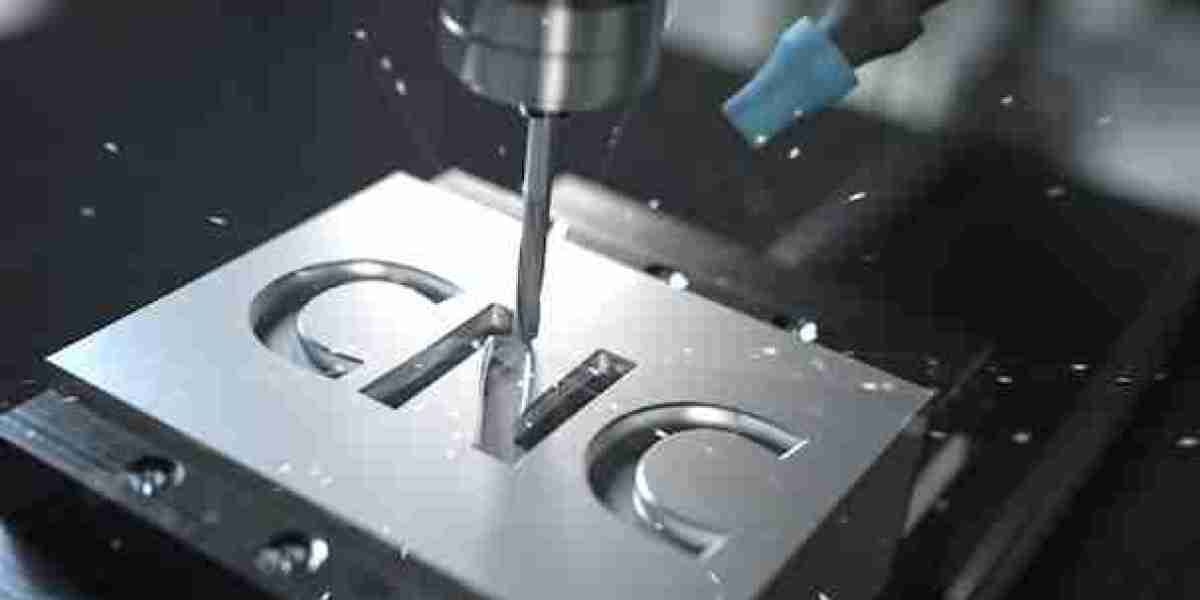Quality Control and Inspection Strategies for Precision Manufacturing
Precision manufacturing requires stringent quality control and inspection to deliver high-quality products. As a leading manufacturer offering die casting, CNC machining, and surface finishing solutions, Junying Metal ensures the close monitoring of production quality from start to finish.
Introduction
This article will discuss the quality control and inspection processes implemented at Junying Metal to achieve precision standards in manufacturing. We will cover the key parameters and industry regulations, the step-by-step inspection procedures, as well as the tools and technologies used to verify product specifications are within tolerance.

Quality Control Parameters
Dimensional accuracy, surface finish, assembly and fit tests are some of the critical metrics evaluated:
- Dimensional tolerances are assessed using coordinate measuring machines (CMM) and traditional gauges.
- Surface roughness is measured with non-contact profilometers to ensure compliance with automotive and aerospace industry standards.
- Parts are assembled and fitted together to guarantee synchronization as per engineering drawings.
Industry Standards and Regulations
We adhere to ISO 9001, ISO/TS 16949, and AS9100 quality management system standards for various industries:
- ISO 9001 provides a general framework for meeting customer and applicable statutory and regulatory requirements.
- ISO/TS 16949 focuses on quality assurance in the automotive supply chain through waste reduction and process control.
- AS9100 is used for the aerospace sector and mandates more rigorous oversight of all product lifecycle processes.
Quality Control Procedures
A breakdown of the inspection steps adhered to at our facilities:
- Incoming material verification through visual and measuring inspections
- First article inspection of pre-production items
- In-process checks at different manufacturing stages
- Final inspection before shipping
- Assembly and fit validation through functional testing
Inspection Tools and Technologies
We leverage advanced quality control equipment for maximum precision:
- CMMs for 3D digitizing of component geometries
- Non-contact 3D scanners and microscopes
- Surface profilometers for roughness characterization
- Vickers/Brinell hardness testers
- Intelligent vision systems for automated optical inspection
Data from inspection tools is captured through computerized systems for statistical process control and continuous improvement. We also provide CNC Machining Services backed by the same quality management protocols.
Conclusion
Adhering to rigorous quality control and advanced inspection practices enables Junying Metal to deliver precision components within tight tolerances for mission-critical applications. Our commitment to process excellence and industry certifications helps customers meet stringent manufacturing standards.


